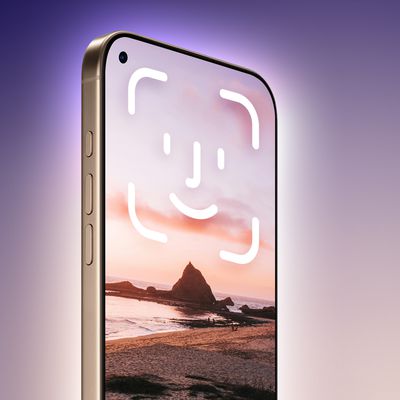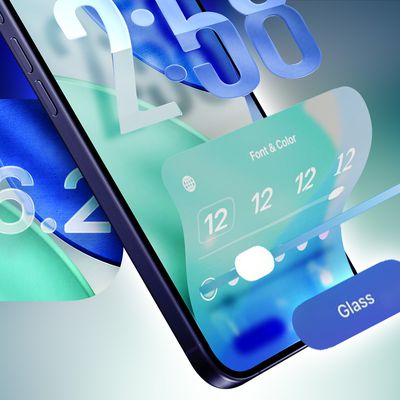Audio Processing Causing Heat and Performance Issues for Nehalem Mac Pros
Ars Technica reports on growing complaints from users of Apple's Nehalem ("Early 2009") Mac Pro models regarding heat and performance issues when performing audio processing tasks.
The problem manifests as what has been described as excessive increases in power use and processor core heat when playing songs in iTunes, watching videos via Quicktime, or even when keeping USB or FireWire-based audio interfaces plugged in and active. While hardware monitors only report a small percentage of processor use, it can still cause performance decreases of up to 20 percent for other tasks.
The complaints had originated in our own forums last October and have grown to well over 1,000 posts in a single thread serving as a centralized discussion on the topic.
According to reports, the symptoms are present when running under either Mac OS X 10.5 or 10.6, but absent when booted under Windows via Boot Camp. The glitch, which is reportedly highly reproducible, has been claimed to boost internal CPU temperatures by in excess of 30 degrees Celsius, while also dramatically increasing power consumption for what should be a relatively minor task.
Despite the thorough investigations by users into the situation, AppleCare representatives have been unwilling acknowledge that any issues exist, calling such temperature spikes normal and within design parameters for the machines. Users continue to be frustrated, however, by the performance hits their machines are experiencing and Apple's refusal to address the situation. Apple has yet to issue any statements regarding the issue.
Popular Stories
Apple hasn't updated the Apple TV 4K since 2022, and 2025 was supposed to be the year that we got a refresh. There were rumors suggesting Apple would release the new Apple TV before the end of 2025, but it looks like that's not going to happen now.
Subscribe to the MacRumors YouTube channel for more videos.
Bloomberg's Mark Gurman said several times across 2024 and 2025 that Apple would...
Apple's restrained artificial intelligence strategy may pay off in 2026 amid the arrival of a revamped Siri and concerns around the AI market "bubble" bursting, The Information argues.
The speculative report notes that Apple has taken a restrained approach with AI innovations compared with peers such as OpenAI, Google, and Meta, which are investing hundreds of billions of dollars in data...
The Apple Fitness+ Instagram account today teased that the service has "big plans" for 2026. In a video, several Apple Fitness+ trainers are shown holding up newspapers with headlines related to Apple Fitness+.
What's Apple Fitness+ Planning for the New Year?
Something Big is Coming to Apple Fitness+
The Countdown Begins. Apple Fitness+ 2026 is Almost Here
2026 Plans Still Under ...
While the iPhone 18 Pro and iPhone 18 Pro Max are not expected to launch for another nine months, there are already plenty of rumors about the devices.
Below, we have recapped 12 features rumored for the iPhone 18 Pro models.
The same overall design is expected, with 6.3-inch and 6.9-inch display sizes, and a "plateau" housing three rear cameras
Under-screen Face ID
Front camera in...
Apple is rumored to be introducing a foldable iPhone in September 2026, and since it will bring the biggest form factor change since the iPhone was introduced in 2007, curiosity about the design is high. A 3D designer created an iPhone Fold design based on rumors, and we printed it out to see how it compares to Apple's current iPhones.
Subscribe to the MacRumors YouTube channel for more ...
iPhone 17 Pro and Pro Max owners are having trouble with the speakers of their devices, and have complained about a static or hissing noise that occurs when the iPhone is charging.
There are multiple discussions about the issue on Reddit, the MacRumors forums, and Apple's Support Community, where affected users say there is a noticeable static noise "like an old radio." Some people report...
Earlier this month, Apple released iOS 26.2, following more than a month of beta testing. It is a big update, with many new features and changes for iPhones.
iOS 26.2 adds a Liquid Glass slider for the Lock Screen's clock, offline lyrics in Apple Music, and more. Below, we have highlighted a total of eight new features.
Liquid Glass Slider on Lock Screen
A new slider in the Lock...
Apple reportedly tested a version of the first-generation AirPods with bright, iPhone 5c-like colored charging cases.
The images, shared by the Apple leaker and prototype collector known as "Kosutami," claim to show first-generation AirPods prototypes with pink and yellow exterior casings. The interior of the charging case and the earbuds themselves remain white.
They seem close to some...























